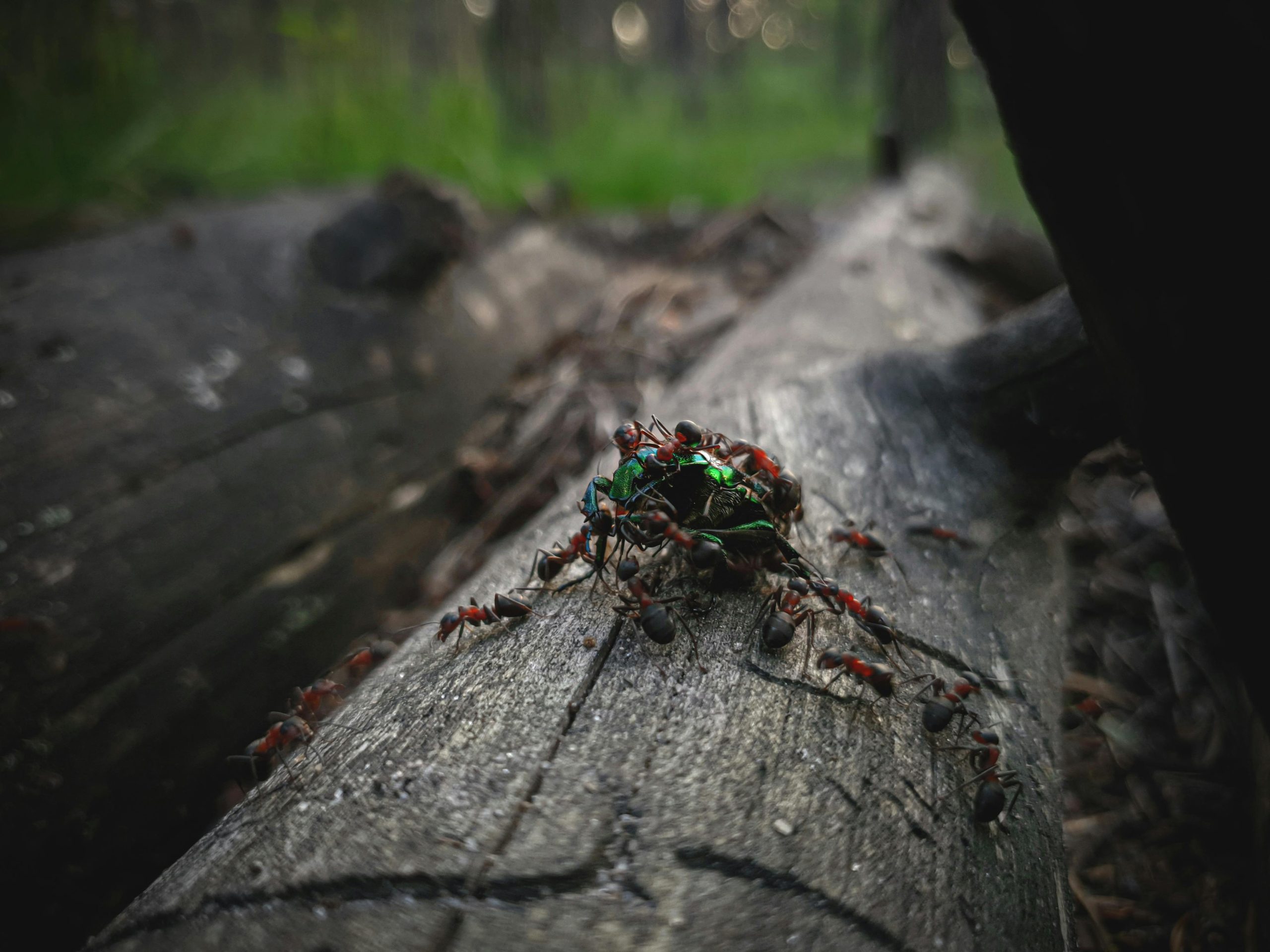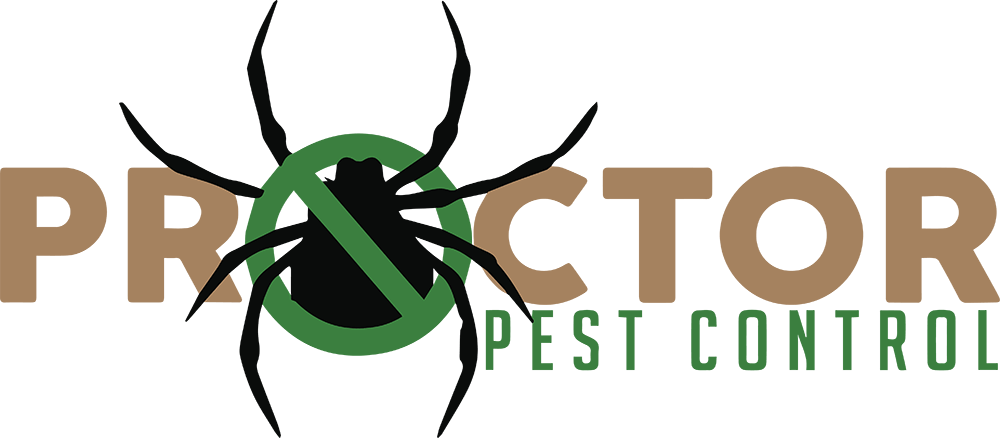
17 May How Worried Should I Be If I See Carpenter Ants Around My Property?
Carpenter ants are a common sight around many homes, particularly in wooded or damp areas. While seeing a few carpenter ants may not seem like a cause for concern, it’s essential to understand the potential risks they pose to your property. In this blog post, we’ll explore how worried homeowners should be if they spot carpenter ants around their property and what steps they can take to address the issue.
Understanding Carpenter Ants
Carpenter ants are large ants known for nesting in wood. Unlike termites, which consume wood for sustenance, carpenter ants excavate galleries within wood to create nesting sites. They prefer damp, decaying wood but can also infest sound wood if conditions are favorable. Carpenter ants are often attracted to moisture-rich areas such as basements, crawl spaces, and areas with plumbing leaks.
Signs of Carpenter Ant Activity
If you spot carpenter ants around your property, it’s essential to assess the extent of their activity. Some common signs of carpenter ant infestation include:
- Sightings of live ants: Seeing carpenter ants indoors or outdoors, particularly near wood or moisture sources, is a strong indication of an infestation.
- Wood shavings or frass: Carpenter ants create tunnels and galleries within the wood, resulting in the expulsion of sawdust-like material called frass. Finding frass or wood shavings around your property may indicate carpenter ant activity.
- Hollow-sounding wood: Tap on wood surfaces suspected of carpenter ant infestation. Hollow-sounding or compromised wood may indicate nesting activity.
- Rustling noises: In some cases, you may hear rustling or tapping sounds coming from within walls or woodwork, which could indicate carpenter ant activity.
Assessing the Risk
While seeing a few carpenter ants may not necessarily indicate a severe infestation, it’s crucial to assess the risk they pose to your property. Carpenter ants can cause structural damage over time if left unchecked, particularly if they establish large colonies within your home. Additionally, carpenter ant infestations may indicate underlying moisture issues or wood decay, which can lead to further structural damage if not addressed.
Steps to Address Carpenter Ants
If you suspect carpenter ant activity on your property, it’s essential to take proactive steps to address the issue:
- Identify and eliminate moisture sources: Address any leaks or moisture issues in and around your home to reduce conditions conducive to carpenter ant infestations.
- Remove potential nesting sites: Remove decaying wood, stumps, and debris from your property to eliminate potential nesting sites for carpenter ants.
- Seal entry points: Seal cracks, gaps, and openings around windows, doors, and utility penetrations to prevent carpenter ants from entering your home.
- Consult a pest control professional: If you suspect a significant carpenter ant infestation or are unable to address the issue on your own, consult a licensed pest control professional like Proctor Pest Control for a thorough inspection and targeted treatment plan.
While seeing carpenter ants around your property may be concerning, it’s essential to assess the extent of their activity and take proactive steps to address the issue. By identifying signs of carpenter ant activity, assessing the risk they pose, and implementing effective pest management strategies, homeowners can protect their property from potential damage. For professional assistance with carpenter ant control, contact Proctor Pest Control today.



